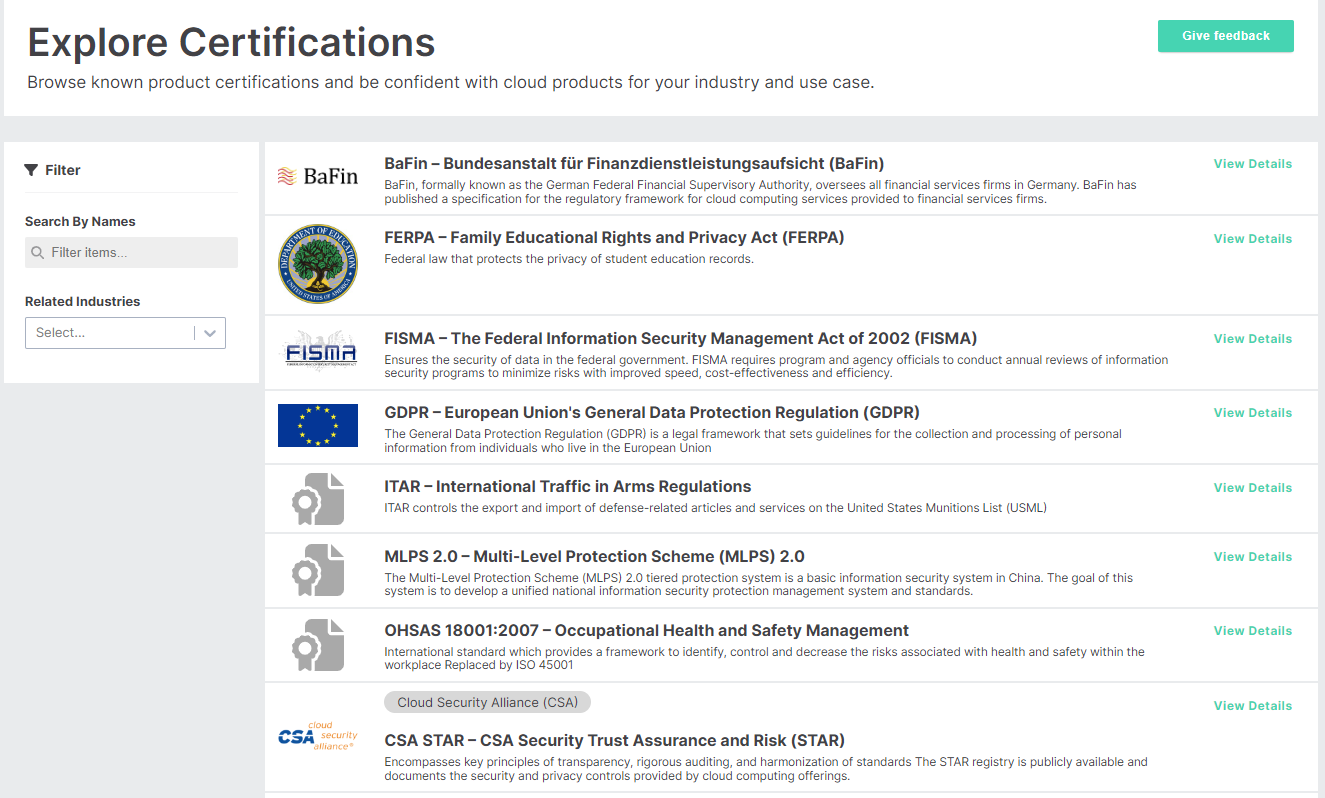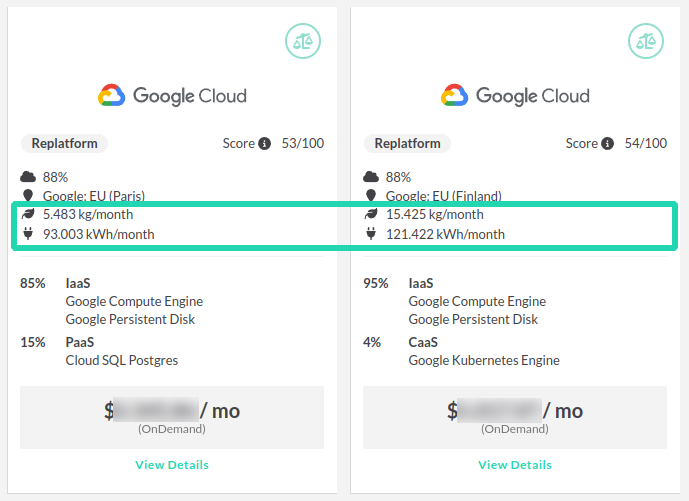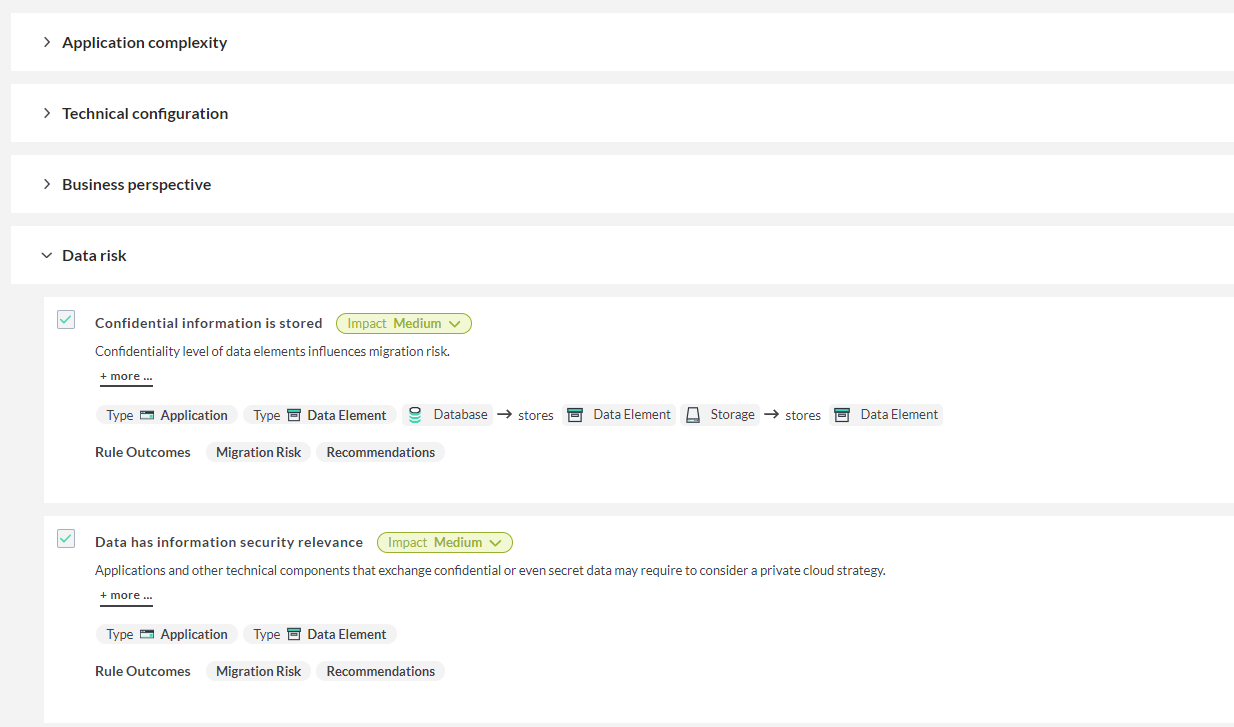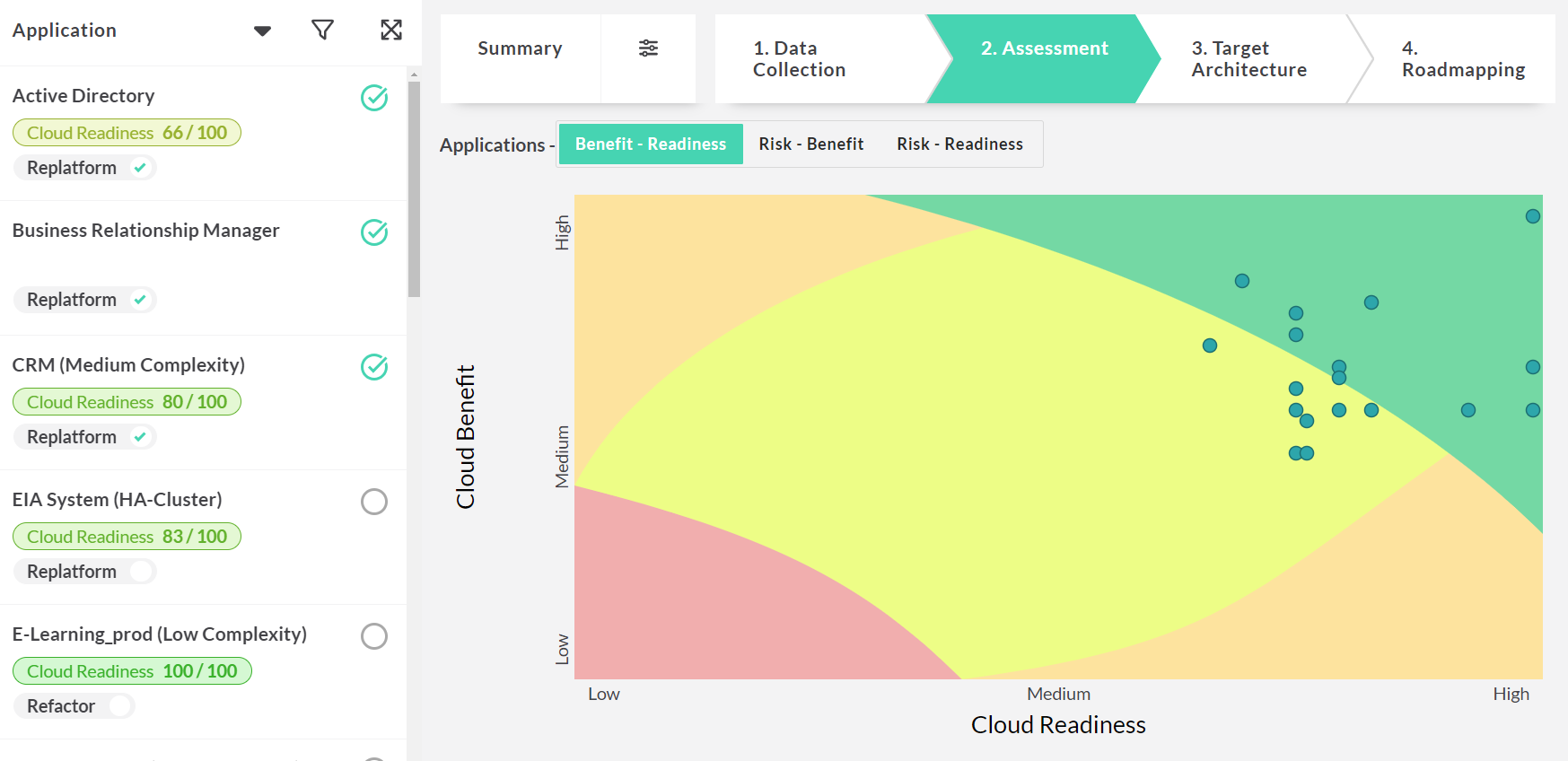5 top criteria to consider when choosing a cloud provider

Before moving to the cloud, one of the main concerns for organizations is to make the right decision when choosing a cloud provider. Whether the organization relies on a single vendor or builds a multi-cloud architecture, the cloud provider selection is a key aspect of the migration process.
But what should be considered in the equation? Apart from product features and costs, what could be a determining factor in your decision to choose one provider over another? In this article, we will discuss 5 important criteria that you should consider before making your decision.
The priority of these 5 criteria will obviously vary depending on your business’ specific needs, but as you will see in the following, none of them can be completely overlooked.
1 - Cloud product features
When considering a cloud provider, it is necessary to check that its portfolio of products contains all the capabilities you need. This one is quite obvious. What is less obvious, however, is the best way to perform this feature check.
The trap is to consider each of your existing applications individually, and to look for a perfect equivalent in the cloud. While this might work for some applications, it is not necessarily the best way to proceed. Moving to the cloud is a complete change of paradigm, and it is not just about replicating your former on-premise architecture into a cloud environment (unless you would lift-and-shift all your applications, which is possible, but might limit the benefits of your cloud transformation).
Especially, one value of cloud computing is to build a platform where the different applications are connected and interact with each other smoothly. When comparing the features of cloud providers, it is enlightening to also look at the big picture, and not only at each individual product separately.

2 - Price and pricing options
Comparing the price of two products from two different cloud providers can easily become complicated, as cloud providers often have entirely different pricing schemes for similar services. Each provider also offers a wide variety of billing options, such as on-demand prices, discounts for reserved instances, volume discounts or upfront costs, etc. The key here is to create an overarching pricing model that you will be able to use across cloud providers, in order to compare their prices on the basis of consistent criteria.
Of course, comparing cloud providers in terms of pricing goes beyond the product prices. You also have to consider the migration itself: one cloud provider, while having slightly higher prices, might offer better support to perform the actual migration. This can help you achieve the transformation faster, and save valuable time and money on the way.
3 - Compliance of each provider
Security and regulatory compliance concerns are one of the main reasons why cloud adoption took more time to gain traction in certain industries.
While the cloud can actually provide a higher level of security than an on-premise environment, as explained by Intel in our latest whitepaper, it is important to check the certifications of each cloud product you are considering. Not only from a compliance point of view (is the product compatible with the regulatory requirements of your industry), but also from an internal policy perspective: does the product suit your own security and confidentiality standards?
Data sovereignty considerations are often relevant. Some European organizations might opt for a European based provider like OVH for sovereignty reasons.
We’ve made comparison as easy as possible by adding a “certification” tab to our knowledge base Cloud Insider. There you can browse all cloud products from the main providers and filter them according to the certifications that are important for you.

4 - Cloud provider's commitment to sustainability
More and more companies are striving to reduce their environmental footprint, and sustainability becomes a central pillar of many businesses’ long-term plans. In this context, building a modern, green cloud architecture can be a key accelerator to reach sustainability goals.
But how to define whether a cloud provider is “greener” than another? One of the difficulties lies in the variety of indicators used by CSPs. Google, for example, communicates on the energy efficiency of its data centres, using a calculation called Power Usage Effectiveness (PUE). At the same time, Amazon has developed in-house processors, the Graviton CPUs, in order for their instances to keep the same performances while using up to 60% less energy.
Even a common indicator like “carbon neutrality” is actually open to many interpretations. For example, Google has been claiming to be carbon-neutral since 2017, because for each MW/h they consumed, they bought a renewable energy certificate as a compensation. By 2030, they want to go the extra mile, and actually power all their data centers with green energy only, in any region, at any time, which is a far more ambitious objective.
To save you the hassle of comparing apples and oranges, we created a simple comparison view as part of our cloud transformation platform. All you need to do is to select cloud products you are interested in. The platform directly creates a side-by-side comparison table, with regards to sustainability.

5 - Your team's existing skills
Moving to the cloud, or switching a cloud estate to a new provider, is a large-scale project that will probably entail a change of some habits, in the first place for the IT team. Enabling people through training and upskilling programs is key to increase the success of a transformation. We recently discussed the crucial role of training and certification to make the teams embrace change faster.
As a first step, you can assess the existing skills of IT people in your organization. You might find out that many employees have a past experience with the technology of a specific cloud provider. It does not mean that you will automatically select this provider. But existing skills must be taken into account in the decision, as they can make a big difference in terms of transformation speed.
Speed up your cloud transformation with the Txture platform
As we saw in this article, cloud transformation is more than a change of technology. It is a change of habits than spans the entire organization. Therefore, the migration of each application needs to be planned carefully, by considering not only the technical aspects, but also the business, security and sustainability requirements of your organization.
The Txture platform helps you streamline the process of assessing the cloud readiness of your applications, by taking into account all these aspects through a standardized process.
The platform helps you collect information about your current applications, by connecting to your existing data sources (CMDBs, vendor-specific sources, EAM tools, etc.). Then, using the Assessment Preferences tab, you can define your requirements in terms of technical configuration, preferred location, carbon footprint requirements, preferred pricing model, and much more.

Based on this assessment, the platform directly recommends for each application a migration strategy (based on the 6Rs), a relevant cloud provider, as well as a suggestion for migration timing.

Want to learn more about how the platform works? Reach out to us, we’ll be happy to give you a first introduction to the platform!
Related posts
29.4.2024Application ModernizationDefine your scope for IT modernization5.4.2024
Generative AIHow to welcome Generative AI into your existing tech ecosystem2.4.2024
Generative AIPaving the way for leveraging Generative AI in your organization8.1.2024
Cloud Business CaseCreate a compelling business case for cloud migration with Txture18.12.2023
Cloud Success5 reasons why your cloud transformation is not successful (yet)
